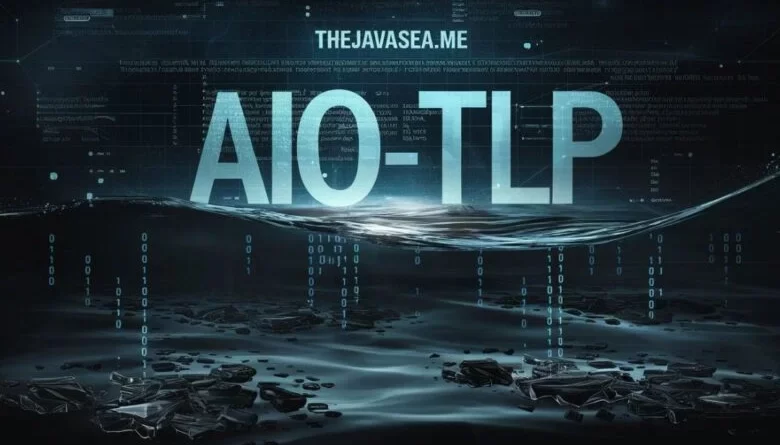Understanding thejavasea.me Leaks: A Deep Dive into AIO-TLP
Introduction
In recent months, the digital world has been abuzz with discussions about thejavasea.me and its associated leaks. Among the notable mentions is the AIO-TLP leak, which has raised numerous questions and concerns. This article aims to dissect the AIO-TLP leak, exploring its implications, the role of thejavasea.me, and its broader impact on cybersecurity and data privacy.
What is thejavasea.me?
Thejavasea.me is a website that has garnered attention for hosting and distributing various types of digital content. While its primary focus may have initially been on Java-related resources, it has evolved to include a range of other materials. Recent controversies have brought its role in data leaks to the forefront, especially concerning the AIO-TLP incident.
The AIO-TLP Leak: An Overview
The term “AIO-TLP” refers to a specific data leak associated with thejavasea.me. The acronym AIO-TLP stands for “All-In-One – Threat List Package,” a comprehensive compilation of sensitive information including personal data, security vulnerabilities, and various threat indicators. The leak purportedly includes:
- Personal Identifiable Information (PII): Names, addresses, phone numbers, and other personal data.
- Security Vulnerabilities: Details on unpatched security flaws across various systems and applications.
- Threat Indicators: Information about potential security threats and malicious activities.
How Did the Leak Occur?
The AIO-TLP leak’s origins can be traced back to a combination of security lapses and malicious activities. Several factors contributed to the breach:
- Weak Security Measures: Insufficient security protocols on thejavasea.me allowed unauthorized access to sensitive data.
- Phishing Attacks: Attackers utilized sophisticated phishing techniques to gain access to internal systems.
- Insider Threats: Potentially, an insider with access to confidential data may have facilitated the leak.
Impact of the Leak
The AIO-TLP leak has far-reaching implications, affecting various stakeholders:
1. Individuals
For individuals, the leak poses significant privacy risks. Exposure of personal information can lead to identity theft, financial fraud, and targeted phishing scams. Victims may face long-term consequences, including damaged credit scores and legal hassles.
2. Organizations
Organizations mentioned in the leak are at risk of reputational damage and operational disruptions. Unpatched vulnerabilities could be exploited by cybercriminals, leading to further data breaches or system compromises. The leak also necessitates a comprehensive review of security practices and incident response strategies.
3. Cybersecurity Landscape
The leak has highlighted gaps in cybersecurity practices and the need for enhanced protective measures. It underscores the importance of continuous monitoring, regular security audits, and employee training to mitigate similar risks in the future.
Response and Mitigation
In response to the AIO-TLP leak, several steps have been taken:
1. Immediate Actions
- Data Review: A thorough review of the leaked data to assess the extent of the breach.
- Alerting Affected Parties: Notifying individuals and organizations impacted by the leak.
2. Long-Term Measures
- Strengthening Security Protocols: Implementing advanced security measures, including multi-factor authentication and encryption.
- Updating Incident Response Plans: Enhancing procedures to quickly detect and respond to future threats.
- Educating Users: Conducting awareness programs to educate users about phishing and other cyber threats.
Conclusion
The AIO-TLP leak associated with thejavasea.me serves as a stark reminder of the vulnerabilities present in our digital ecosystem. While the immediate impact is concerning, it also presents an opportunity for individuals and organizations to reassess their cybersecurity practices. By learning from such incidents and adopting robust security measures, we can better protect our personal data and mitigate the risks of future breaches.
Call to Action
In light of the AIO-TLP leak, it’s crucial for everyone to stay vigilant. Regularly update passwords, be cautious of suspicious emails, and ensure that your digital footprint is secure. By taking proactive steps, we can contribute to a safer and more secure online environment.




